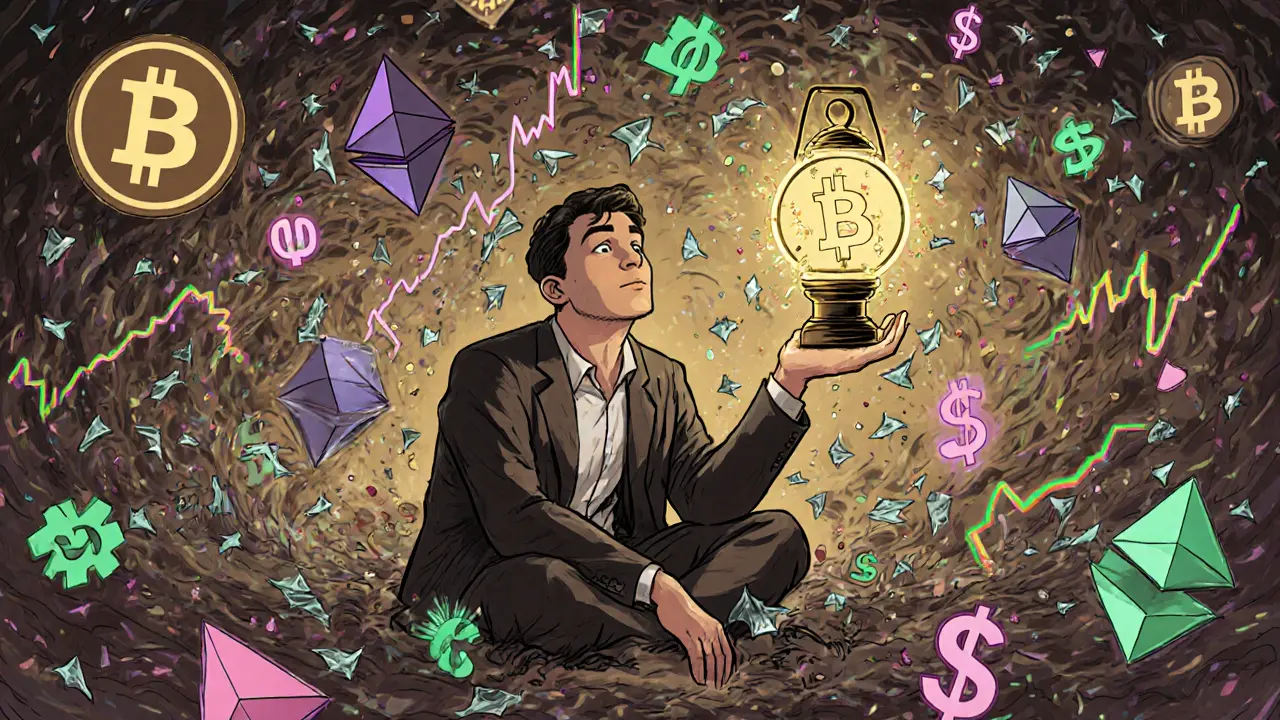Crypto Investing: How to Navigate Risks, Regulations, and Real Opportunities in 2025
When you think about crypto investing, the act of allocating capital to digital assets with the expectation of financial return, often involving long-term holding or active trading. Also known as digital asset investing, it's no longer just about buying Bitcoin and hoping for the moon. It’s now a mix of legal compliance, technical security, and understanding real-world asset backing—all happening at once.
Today’s crypto investing landscape is shaped by forces most beginners ignore. Take RWA tokenization, the process of turning physical assets like real estate, bonds, or gold into blockchain-based tokens that can be bought, sold, or fractionally owned. It’s not hype—it’s a $34.86 billion market growing fast, with institutions like BlackRock moving billions into tokenized Treasuries. Then there’s cryptocurrency regulation, the legal frameworks governments use to control how crypto is used, taxed, and traded. In the EU, MiCA rules force exchanges to prove they’re safe. In Qatar, crypto is banned—but tokenized property isn’t. In India, you can’t use some exchanges, and non-custodial wallets are being made harder to use, not outlawed. Ignoring these rules isn’t rebellion—it’s risking your money.
And then there’s the risk of fake projects. A lot of crypto investing these days looks like gambling on names with no team, no liquidity, and no future—like ELCASH, LVM, or JANRO. These aren’t investments. They’re traps. Meanwhile, real opportunities hide in places like crypto wallet security, the practices and tools used to protect digital assets from theft, loss, or hacking. Cold storage, multisig wallets, and seed phrase backups aren’t optional anymore. If you’re holding crypto, you’re responsible for keeping it safe. No exchange will do it for you. And if you think airdrops are free money, check if they’re real. HyperGraph and Seascape Crowns? No active drops. HaloDAO’s RNBW token? Worthless. The people who made those claims didn’t lose money—you did.
So where does that leave you? Crypto investing in 2025 isn’t about chasing the next memecoin or signing up for every airdrop. It’s about asking harder questions: Who’s behind this? Is it regulated? Is there real demand? Are the tokens backed by something tangible? The posts below cut through the noise. You’ll find clear breakdowns of where crypto is legal and where it’s banned, how to protect your wallet, what tokenized assets actually mean, and which exchanges are still worth using. No fluff. No hype. Just what you need to know before you invest another dollar.
Bear Market Survival Strategies for Crypto Investors: How to Stay Safe and Profit in Crypto Winter
Learn how to survive and even profit in a crypto bear market with proven strategies like dollar-cost averaging, stablecoin reserves, and portfolio rebalancing. Avoid panic selling and position yourself for the next bull run.
